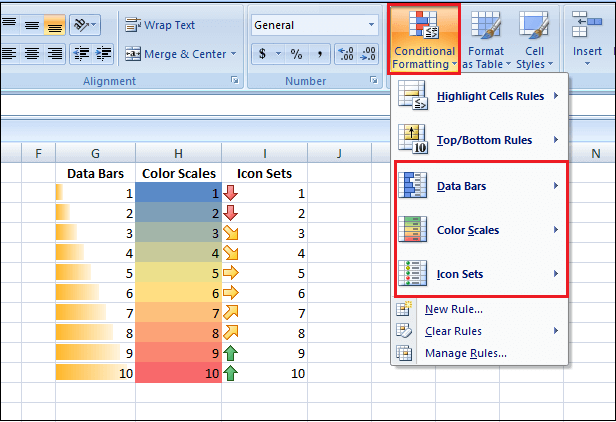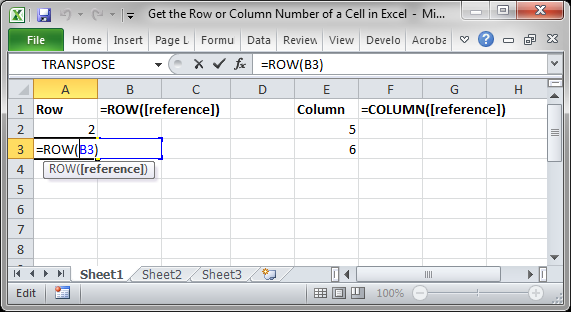

On the other hand, Columns are arranged from up to down.
#Excel how many rows and columns in a page series
What is row and column?Ī row is a series of data put out horizontally in a table or spreadsheet while a column is a vertical series of cells in a chart, table, or spreadsheet. How many rows will Excel 2013 contain? The maximum worksheet size is 1,048,576 rows by 16,384 columns. What is the maximum columns in Excel 2013? How many sheets, rows, and columns can a spreadsheet have? Version How many sheets can Excel have?Īlthough you’re limited to 255 sheets in a new workbook, Excel doesn’t limit how many worksheets you can add after you’ve created a workbook. How many rows and columns in MS Excel 2000?Įach worksheet contains 65 536 rows and 256 columns. Each column is identified by column header, which runs horizontally at the top of the sheet. Each row is identified by row number, which runs vertically at the left side of the sheet.

Row runs horizontally while Column runs vertically. MS Excel is in tabular format consisting of rows and columns. Total number of rows and columns on a worksheet Worksheet and workbook specifications and limits Feature If you select an entire row or column, Excel counts just the cells that contain data. Do the same thing to count columns, but this time click the row selector at the left end of the row. The status bar, in the lower-right corner of your Excel window, will tell you the row count. The specifications for Excel Worksheet current versions include: Number of Rows per Worksheet: 1,048,576.

NOTE: An Excel workbook can contain several worksheets. How many rows and columns are in Excel 2016?įrom Excel 2007 onwards (2010, 2016, etc) we have exactly 10,48,576 rows and 16,384 columns. Page breaks – 1,026 horizontal and vertical. The total number of rows and columns on a worksheet – 1,048,576 rows by 16,384 columns. How many rows and columns are there in Excel 2010? ‘How many rows and columns does an Excel worksheet have? ‘ Quick Answer: 1,048,576 rows and 16,384 columns! That’s more than you’ll ever use.


 0 kommentar(er)
0 kommentar(er)
